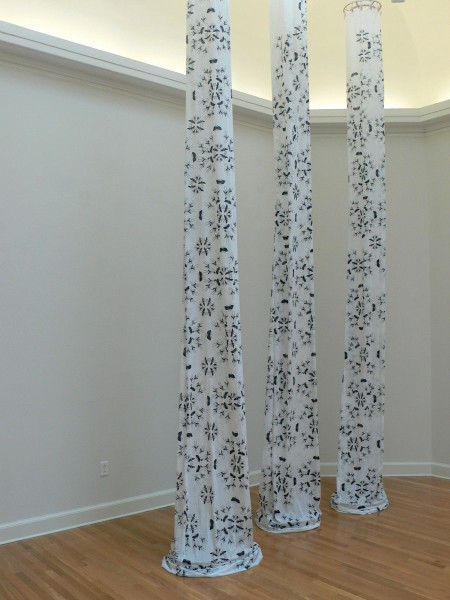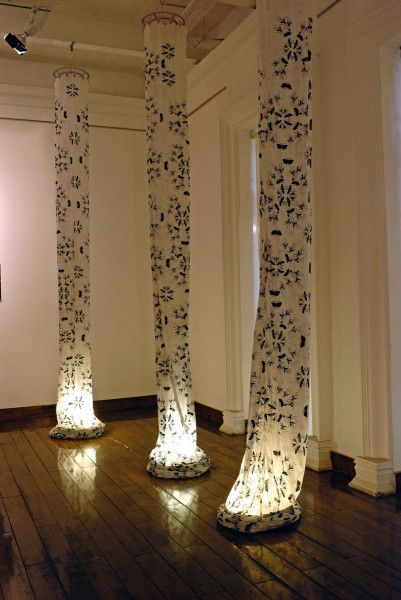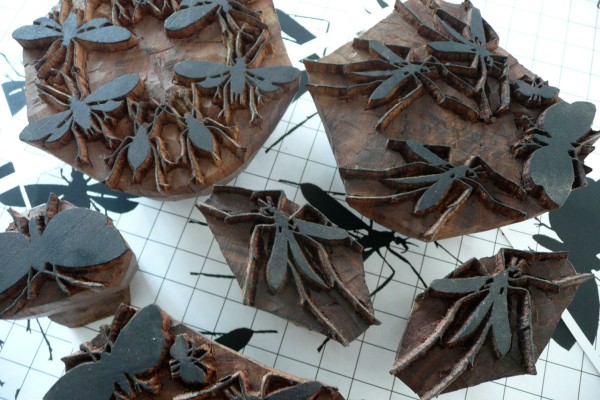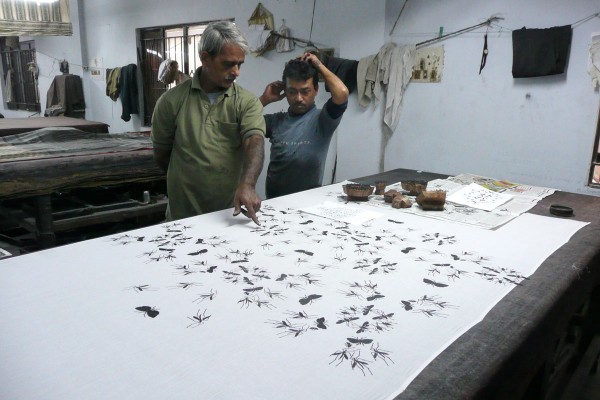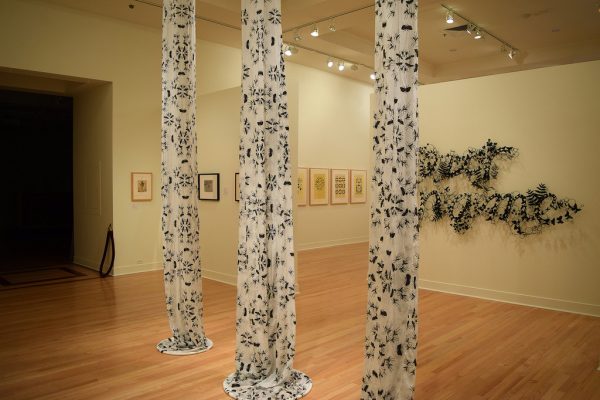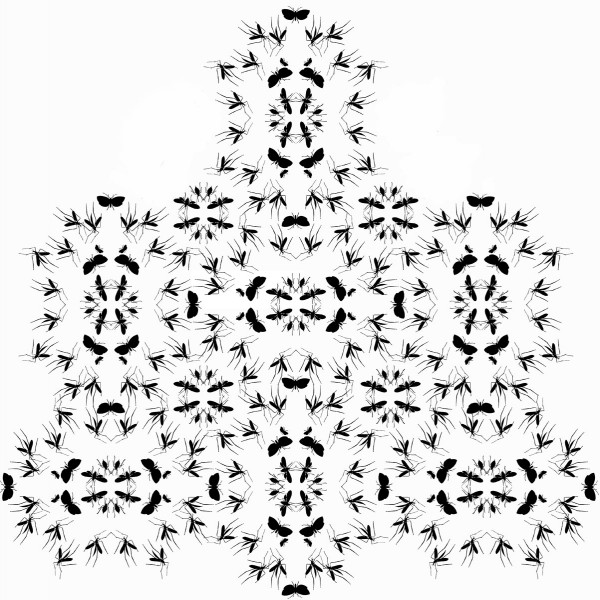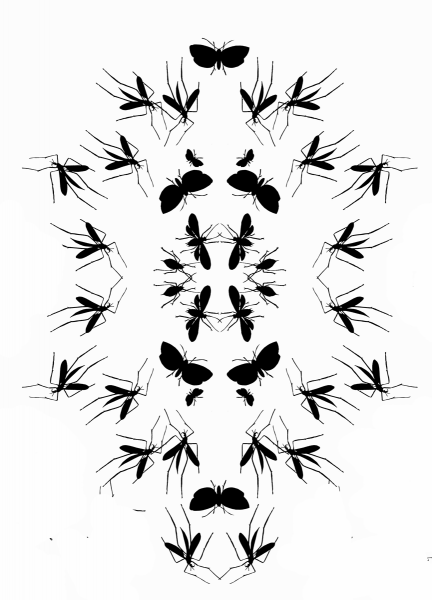In January of 2010, I journeyed to Kolkata, India, for a residency with the artist run organization Khoj. During that time I had the honor of working with some master printers in the sari-printing workshop called Kanishka.
Nandita and Dilip Raja founded Kanishka’s in 1969. Their goal is to provide employment to artisans whose craft infuses their sari designs with richness and to preserve the tradition of fabric block printing. For 4 decades, Kanishka’s has been creating and producing a signature line of textiles and saris from their workshop in Kolkata.
With assistance from their son, Prateek, and his wife, Priyanka Raji (who are the gallery directors of a unique exhibition space called Experimenter located right next to the Kanishka retail store in south Kolkata) I was able to spend several days with the Kanishka printers. The Raji’s have enabled artists to collaborate and create works with the block printers that utilize the expertise and skill of artisans in this ever-shrinking cottage industry.
The Columns were created from the fabric printed at Kanishka. The imagery consisting of moths and mosquitoes depicts a symbol of one of major dangers in that region of India malaria. This insect is also a problem in the Mississippi delta region carrying such deadly diseases as Equine Encephalitis and West Nile Virus.
